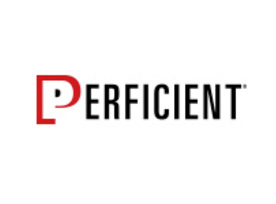Automation for Automation – An Executable Framework for DevSecOps In an age where automated Continuous Integration and Continuous Delivery (CI/CD) is becoming more and more critical to the success of any organization, why are we still building our DevSecOps environments by hand? Instead why don’t we leverage automation for our automation? DevSecOps support teams are […]
Benjamin Lieberman –
Ben Lieberman is currently a Director in the Perficient Inc., Custom Development and DevSecOps (CDDO) delivery group. Dr. Lieberman has over twenty five years of software and systems development experience across a wide range of industries, including financial, government, telecommunications, life sciences, travel services, and space launch systems. He is highly experienced on multiple software development topics, including requirements analysis, system analysis and design, secure systems development, configuration management, and automated build/deployment (aka DevSecOps). He also has direct development experience in multiple languages including Python, Java, C#, C++, and Salesforce (APEX) coding languages, and works directly with development teams on agile delivery practices. Dr. Lieberman is an accomplished professional writer with a book (“The Art of Software Modeling”, Auerbach Publishing) and over three dozen professional IT articles to his credit. Dr. Lieberman holds a doctorate degree in Biophysics and Genetics from the University of Colorado, Anschutz Medical Center, Denver, Colorado.









